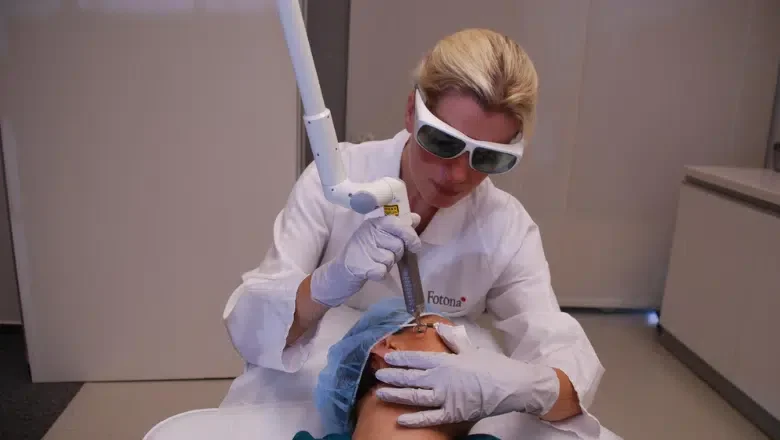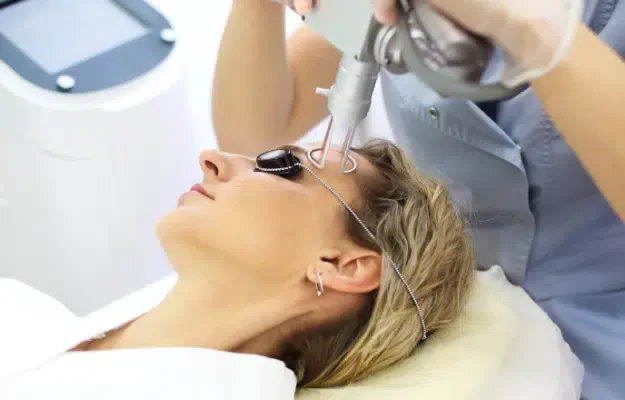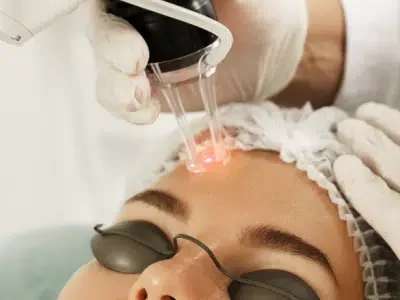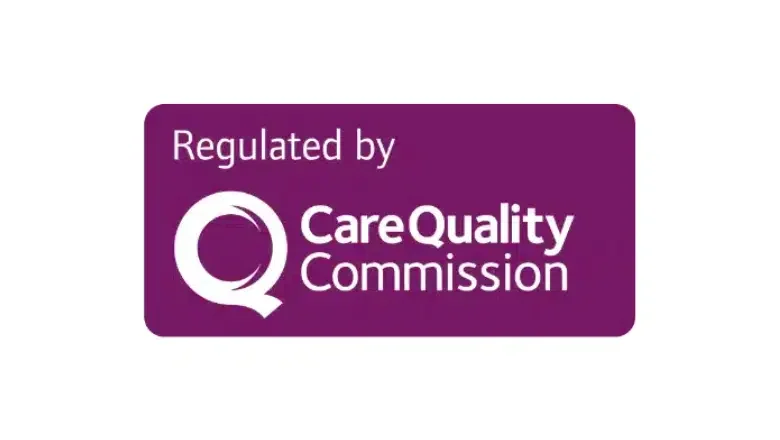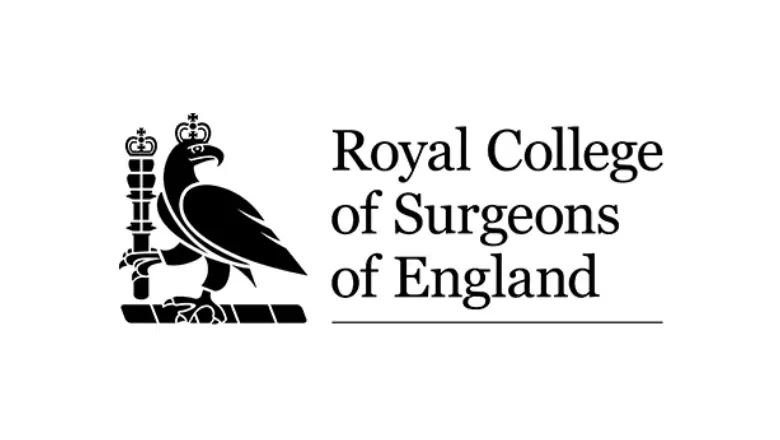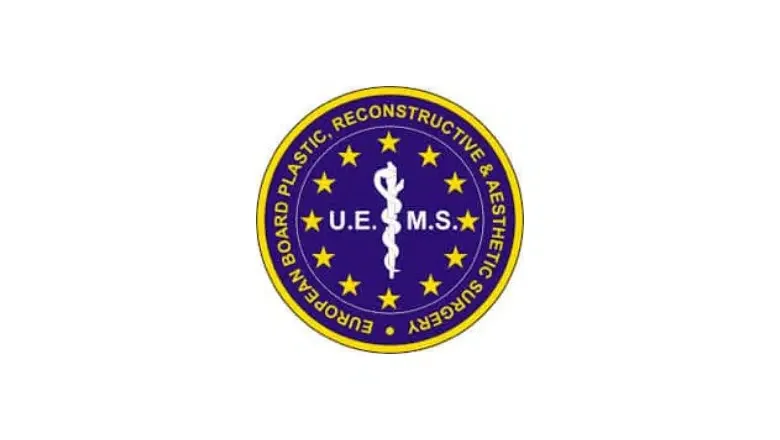Laser Syringoma Removal in London
What is a Syringoma?
Benefits of Laser Syringoma Removal
Laser syringoma removal is a modern dermatological technique offering numerous advantages for individuals seeking treatment for these benign skin growths. The procedure involves using laser technology to precisely target and remove syringomas, typically with minimal discomfort and downtime. Here are some key benefits of choosing laser syringoma removal:
- High Precision and Accuracy: Lasers offer exceptional precision, allowing dermatologists to target syringomas accurately without affecting the surrounding skin. This precision is especially beneficial for syringomas located in delicate areas, such as around the eyes.
- Minimal Scarring and Skin Damage: Due to the precise nature of the treatment, there is a reduced risk of scarring and skin damage compared to more invasive surgical methods. This makes laser removal an attractive option for those concerned about the cosmetic appearance of their skin post-treatment.
- Suitability for Various Skin Types: Advanced laser technologies, like the Erbium laser, are suitable for a range of skin types, including darker skin tones. This versatility ensures a broader range of patients can benefit from the treatment.
- Reduced Discomfort and Downtime: Laser treatments are generally less painful than traditional surgical methods of removal. Most patients experience minimal discomfort during the procedure, and the recovery period is usually short, allowing for a quick return to daily activities.
- Effectiveness in Treating Syringomas: Laser removal is effective in reducing the visibility of syringomas. While it may not always completely eliminate them, it significantly diminishes their appearance, leading to a smoother skin texture and improved cosmetic outcome.
- Potential for Fewer Treatment Sessions: Depending on the individual case, laser treatment may require fewer sessions compared to other methods, particularly when using more advanced laser systems.
- Reduced Risk of Infection: As a non-invasive procedure, laser removal carries a lower risk of infection compared to surgical excision.
- Customisable Treatment Options: Laser treatments can be tailored to the specific needs and skin types of individual patients, allowing for a personalized approach to syringoma removal.
- Possibility of Treating Recurrent Syringomas: Should syringomas recur, laser treatment can be safely repeated, making it a viable long-term management option.
Advanced Erbium Laser Resurfacing for Syringoma Treatment
At Centre for Surgery, we specialise in employing Erbium laser resurfacing, particularly for clients with darker skin types. The Erbium laser offers superior precision compared to the CO2 laser, making it a preferred choice for effectively treating Syringomas. This technology is particularly beneficial for darker skin tones due to its reduced risk of pigmentation changes, a common concern with laser treatments.
Tailored Approach to Syringoma Treatment
Understanding the unique nature of each case, our approach often involves a combination of fully ablative and fractional laser treatments within a single session. This method is designed to target both the superficial and deeper components of the Syringoma, offering a comprehensive treatment strategy.
- Test Patch Treatment: We strongly recommend starting with a small test patch treatment. This initial step is crucial to ensure no adverse reactions and minimise the risk of scarring. Following the evaluation of the test patch, we can confidently proceed to treat larger areas if deemed safe and effective.
- Considerations for Patients Prone to Keloid Scarring: Patients with a tendency towards keloid scarring should be aware that they might not be suitable candidates for this treatment. Our patients’ safety and the aesthetic outcome are our primary concerns.
Fractional Laser Treatment
In some instances, fractional laser treatment might be used independently, which generally requires several sessions to achieve optimal results. This approach is sometimes employed over the entire periocular area to blend the treated zones with the remaining untreated skin seamlessly. The goal of fractional laser treatment is to diminish the visibility of syringomas rather than completely eliminate it.
Long-term Management and Recurrence
Syringomas can recur after treatment, as they extend into the deep dermal layers of the skin. Maintenance treatments may be necessary to manage any recurrence. Fortunately, repeated treatments for recurring syringomas can be performed safely without causing damage to the skin.
Syringoma Removal in London: Why Choose Centre for Surgery
FAQs
-
Is Syringoma Genetic?Syringoma can indeed have hereditary components. This means the condition can be inherited from biological parents. The hereditary nature of syringomas often involves genetic factors that influence the behavior of sweat glands. This could be due to an inherited trait that causes the sweat glands to overwork or from an error during the cell replication process when the egg and sperm meet.
In cases where a child is diagnosed with Down syndrome, an additional copy of chromosome 21 is present. This genetic alteration can lead to the manifestation of syringoma symptoms, among other characteristics associated with Down syndrome. -
How is syringoma diagnosed?Syringoma is diagnosed through a combination of medical history review and physical examination by a healthcare provider. To confirm the diagnosis or to rule out other conditions with similar symptoms, a skin biopsy may be performed. In this test, a small sample of skin tissue is removed from the affected area and examined under a microscope. Syringoma typically has a distinctive appearance, resembling a tadpole or a comma, which helps in confirming the diagnosis.
-
What is the difference between a syringoma and Fordyce spots?The main difference between syringomas and Fordyce spots lies in their causes and appearance. Syringomas are bumps caused by overactive sweat glands and typically appear as small, firm clusters on the skin, especially on the face. Fordyce spots, however, are caused by enlarged sebaceous oil glands and are usually small, yellowish or white bumps that can appear on various parts of the body, including the lips, genitals, and inside the mouth.


